Congratulations to the NCAC 9 new Cub Scout Leaders for completing their Basic Adult Leader Outdoor Orientation (BALOO) & 20 Scout leaders who completed their Introduction to Outdoor Leader Skills (IOLS) training last weekend with Seneca, White Oak, and Potomac District at the National Izaak Walton League, 707 Conservation Lane, Gaithersburg, MD.
It was fun teaching ropes and Knots, cooking, and working with the cook crew to feed 40+ people dinner, cracker barrel and breakfast!
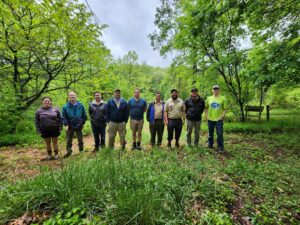
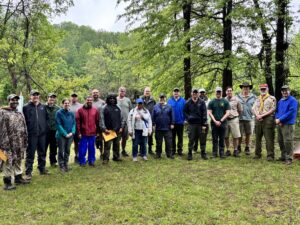


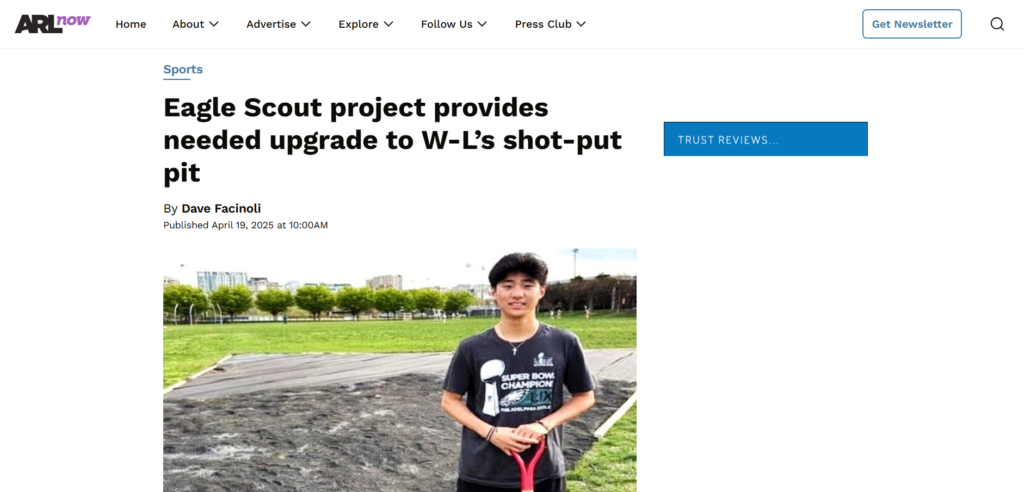
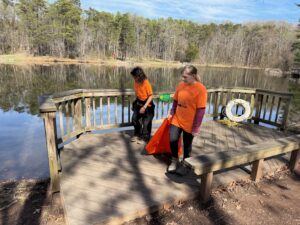
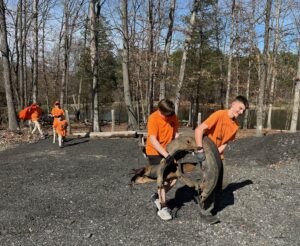
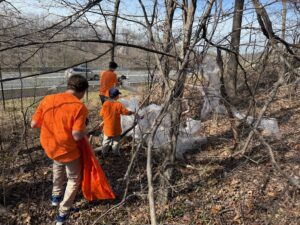
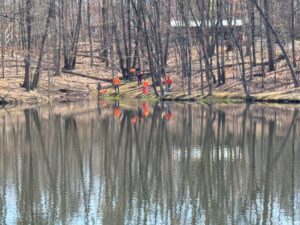

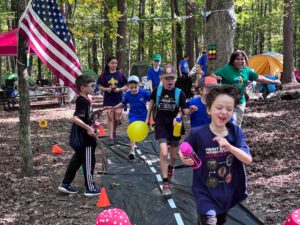
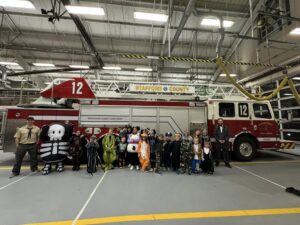
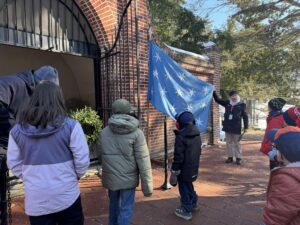 Pack 578 also engaged in a variety of educational and physical activities, including the Mount Vernon Hike and a Pioneering and First Aid Pack Meeting, where they worked with Troops 1717 B&G and 1889 B&G to learn important outdoor and emergency skills. The Rapp Rocks Climb Day allowed Scouts to challenge themselves with rock climbing, while the 10 Commandments Hike provided an opportunity to reflect on the principles that guide them as Scouts. On Scout Sunday, five Scouts were awarded their respective religious emblems in a heartfelt ceremony that highlighted the connection between faith and Scouting.
Pack 578 also engaged in a variety of educational and physical activities, including the Mount Vernon Hike and a Pioneering and First Aid Pack Meeting, where they worked with Troops 1717 B&G and 1889 B&G to learn important outdoor and emergency skills. The Rapp Rocks Climb Day allowed Scouts to challenge themselves with rock climbing, while the 10 Commandments Hike provided an opportunity to reflect on the principles that guide them as Scouts. On Scout Sunday, five Scouts were awarded their respective religious emblems in a heartfelt ceremony that highlighted the connection between faith and Scouting. Looking ahead, Pack 578 still has several events to come, including the District Range and Target Day, a DC STEM Trek, the Fredericksburg Luminaria, and their spring campout. The spring campout promises exciting activities like a fishing derby, flag retirement ceremony, and the Bobcat BBQ, where Scouts celebrate those moving up in rank. Our 2025 summer program includes day camp and resident camps, in addition to two Pack the Pool events with Rain Gutter Regatta, two National Park hikes, and a canoeing trip.
Looking ahead, Pack 578 still has several events to come, including the District Range and Target Day, a DC STEM Trek, the Fredericksburg Luminaria, and their spring campout. The spring campout promises exciting activities like a fishing derby, flag retirement ceremony, and the Bobcat BBQ, where Scouts celebrate those moving up in rank. Our 2025 summer program includes day camp and resident camps, in addition to two Pack the Pool events with Rain Gutter Regatta, two National Park hikes, and a canoeing trip.